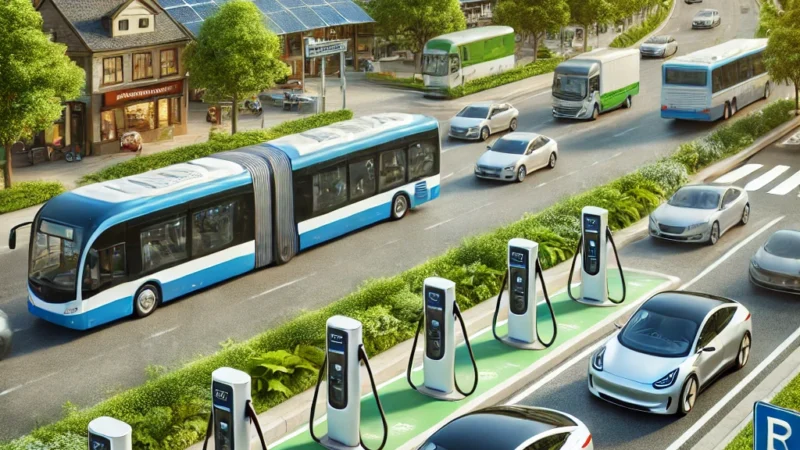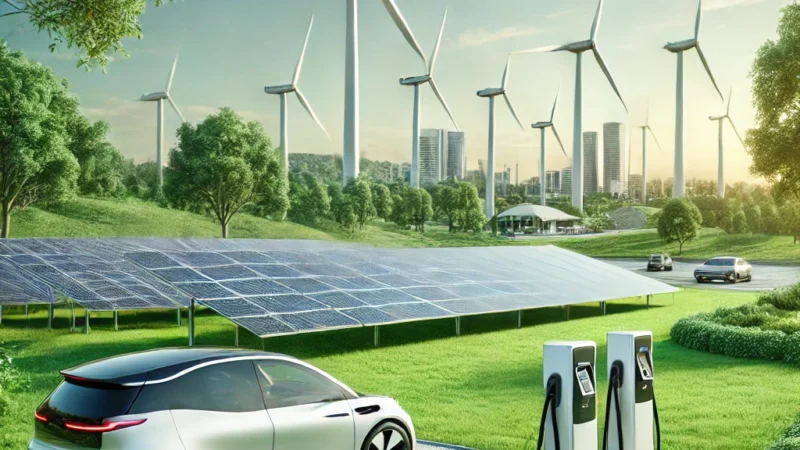Blockchain Technology

What is Blockchain Technology?
At its core, blockchain technology is a decentralized digital ledger that securely records transactions across multiple computers. This ensures that the recorded data cannot be altered retroactively, creating a transparent and immutable record of all transactions.
How Blockchain Works ?
- Structure of a Blockchain:
- Blocks: Each block contains a list of transactions. It consists of a header (which includes metadata like the block’s hash, timestamp, and the previous block’s hash) and a body (which contains the transaction data).
- Chain: Blocks are linked together in a chronological order, forming a chain. Each new block references the previous block’s hash, creating a secure connection.
2. Consensus Mechanisms:
- Proof of Work (PoW): Miners solve complex mathematical puzzles to validate transactions and create new blocks (e.g., Bitcoin).
- Proof of Stake (PoS): Validators are chosen based on the number of coins they hold and are willing to “stake” as collateral (e.g., Ethereum 2.0).
- Delegated Proof of Stake (DPoS): Stakeholders vote for a small number of delegates to validate transactions on their behalf.
Applications of Blockchain Technology
- Cryptocurrencies:
- The most well-known application of blockchain is cryptocurrencies like Bitcoin and Ethereum, which allow for peer-to-peer transactions without the need for intermediaries like banks.
2. Supply Chain Management:
- Blockchain can enhance supply chain transparency by allowing all parties to track the movement of goods in real-time. Companies can verify the authenticity of products and ensure compliance with regulations.
3. Healthcare:
- Blockchain can securely store patient records, allowing for better data sharing among healthcare providers while maintaining patient privacy. It can also help track drug supply chains to combat counterfeit medications.
4. Voting Systems:
- Blockchain can create secure and transparent voting mechanisms, reducing the risk of election fraud and ensuring that votes are accurately counted and verifiable.
5. Real Estate:
- Real estate transactions can be streamlined using blockchain by recording property deeds, title transfers, and rental agreements, reducing paperwork and increasing efficiency.
6. Digital Identity Verification:
- Blockchain can provide individuals with secure digital identities that can be easily verified, reducing the risk of identity theft and fraud.
Challenges Facing Blockchain Technology
- Scalability : Scalability is a challenge for blockchain technology because as the network grows, processing speed and transaction capacity often decrease, leading to slower performance and higher costs.
- Energy Consumption : Energy consumption is a challenge for blockchain technology because the decentralized validation process, particularly in proof-of-work systems, requires immense computational power, leading to high electricity usage.
- Regulatory Concerns : Regulatory concerns pose a challenge for blockchain technology by creating uncertainty around compliance, data privacy, and legal frameworks, hindering its widespread adoption.
- Public Perception and Education : Public perception and education pose a challenge for blockchain technology due to widespread misconceptions and a lack of understanding about its complexities and potential benefits.
Future Prospects of Blockchain Technology
- Interoperability : Interoperability is a key future prospect for blockchain technology, enabling seamless communication and data exchange between different blockchain networks, fostering a more connected and efficient decentralized ecosystem.
- Enterprise Adoption : Enterprise adoption is a future prospect for blockchain technology as it promises to enhance transparency, security, and efficiency across industries, streamlining business processes and supply chains.
- Integration with Emerging Technologies : Integration with emerging technologies like AI, IoT, and 5G will enhance blockchain’s potential for secure data exchange, automation, and decentralized systems, shaping the future of digital infrastructure.
- Increased Regulation : Increased regulation of blockchain technology is likely to emerge as governments seek to enhance security, prevent fraud, and ensure compliance with financial and data protection laws while fostering innovation.
- Decentralized Finance (DeFi) : Decentralized Finance represents a transformative future for blockchain technology by enabling permissionless, transparent financial services that eliminate intermediaries, fostering greater accessibility and innovation in the global financial ecosystem.
Blockchain technology represents a significant innovation in how we store and manage data. Its decentralized, secure, and transparent nature has the potential to disrupt various industries, promoting trust and efficiency. While challenges remain, ongoing research and development are paving the way for broader adoption and transformative applications in the future. As we continue to explore and harness the power of blockchain, it is essential to address its limitations and educate stakeholders to ensure a safe and effective integration into our daily lives.

neelam tyagi
Technical content writer with a master’s degree in Technology and a keen interest in Tech and Information Technology. She has over three years of experience in writing content for various online platforms, such as Boomi Techie, and Tech Mantra. She creates content that educates and empowers readers on topics such as AI, Tech News, and Innovations. She uses clear and concise language to explain complex tech concepts and terminologies.





